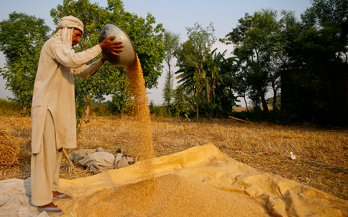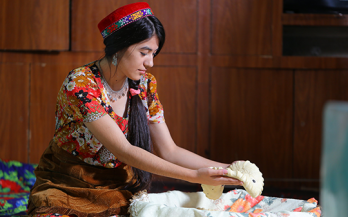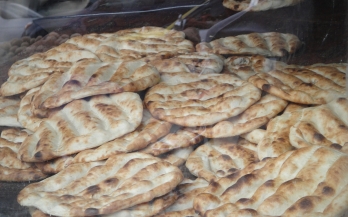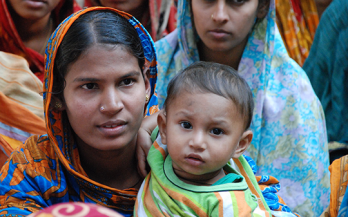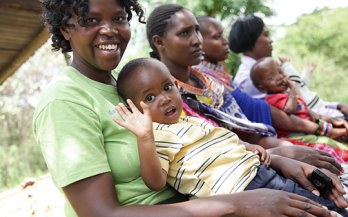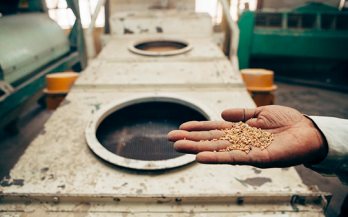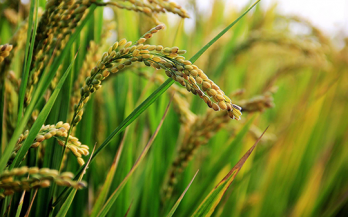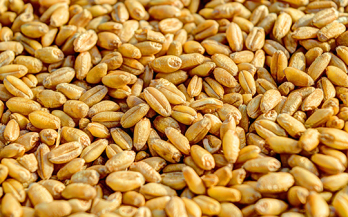USAID Tajikistan commissioned GAIN to assess the wheat sector in Tajikistan and identify opportunities for strengthening flour fortification with micronutrients. This report follows a desk review and interviews in October 2013, a mission to Kyrgyzstan, Kazakhstan and Tajikistan in late October to November 2013 and analysis of feedback from national stakeholders in early 2014.
In Afghanistan and Pakistan, there is a severe vitamin and mineral deficiency problem, including deficiencies in vitamin A, vitamin D, iron, folate and zinc. To effectively mobilize the industry and initiate the production of fortified wheat flour as per Afghan requirements, an industry assessment was conducted during November and December 2016.
GAIN implemented the Tajikistan Technical Support Project to Reduce Micronutrient Deficiencies with financial support from the United States Agency for International Development (USAID) from October 2014 to December 2017. The project’s goal was to improve nutrition for vulnerable women and children in Tajikistan.
The objective of the study was to assess the present knowledge among rural families (including general population, pregnant women, lactating women and adolescent girls) on food fortification and their attitude and behaviour towards regular use of fortified atta.
Afghanistan depends substantially on food imports from neighbouring and other regional countries due to being landlocked with limited water and agricultural resources. GAIN has been working to improve nutritional outcomes of the population through fortification projects for two major products: wheat flour and edible oil/ghee. This report is a supply chain assessment of these two food products in Afghanistan.
Bangladesh is effectively implementing measures to address high rates of malnutrition. This brief presents the Pushtikona model and the partnership formed with Renata, a pharmaceutical company and BRAC, to deliver micronutrient powders across Bangladesh.
Millions of families worldwide face inadequate access to diverse and nutritious foods. This brief presents GAIN’s Multinutrient Supplements Initiative (MSI) in Kenya, showcasing the success stories of delivering fortified foods and nutrient supplement to vulnerable families throughout the country.
There is a large unfinished agenda around legislating the fortification of grains with iron and folic acid, and the fortification of edible oils and vitamin A. This briefing paper calls for enactment and enforcement of fortification legislation, and the improvement of the quality and coverage of existing programmes.
This Rice Fortification toolkit describes in detail the process to blend fortified kernels with milled, non-fortified rice in order to produce fortified rice. It describes the equipment required, its integration with a typical milling facility and important quality control aspects.
This policy guidance document serves as a resource for those responsible for food fortification policy development and programme implementation. Its overarching aim is to help countries achieve the target public health outcomes that are established by stakeholders at the outset of food fortification programmes.


